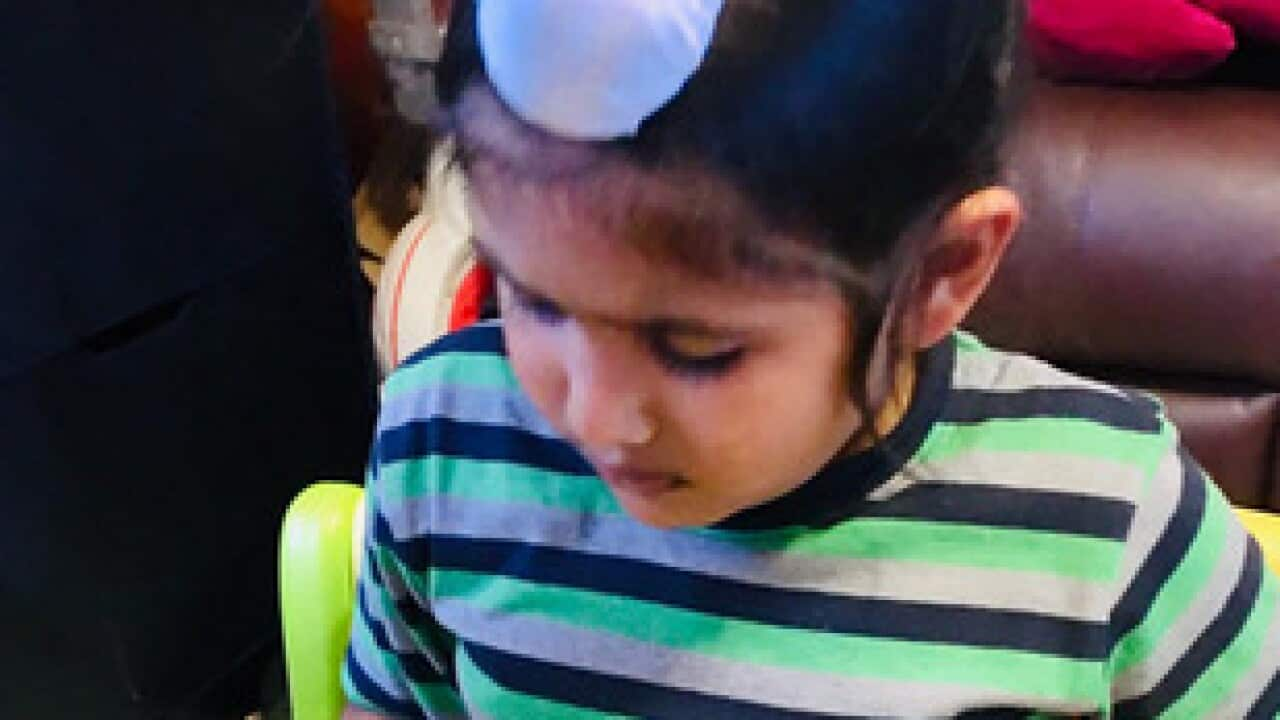Highlights
- According to the NAPLAN national report released on February 25, these students outperformed their English-as-a-first-language peers in 2019 in spelling for all four year levels, Years 3, 5, 7 and 9, and in numeracy in years 5 and 7
- NAPLAN testing will begin again this May, where it will be re-trialled online, before going completely digital in 2021
The national NAPLAN report revealed the results of multilingual students, as well Indigenous students, are improving, but some say results across the board are stagnant, and are pushing to have the minimum standard lifted.
Year Four student Pia Goenka loves learning history and English.
A talented speller, the eight-year-old says speaking both Hindi and English at home has helped her excel at school.
“Because it's like a talent, because I can speak two languages, English and Hindi, it's kind of difficult to make them both equal and balanced,” says Pia.
She says it also gives her that extra advantage when the NAPLAN tests roll around.
“I like it because it actually helps me become smarter and it's also very challenging,” she adds.
It's a challenge many students like Pia - from a language background other than English are taking up, and exceeding in.
One of Pia's teachers at St Vincent's primary school in Sydney, Amanda Germanos, says these findings are not surprising.
“Students who come from migrant families - they value education a lot and they do put emphasis on preparing their children, so I think in terms of work ethic, they bring that attitude towards learning, which is then reflected in their children,” Ms Germanos says.
Ms Germanos says it's these students who are often most driven to succeed - and make teaching in the classroom just that little bit easier.
“That's what you hope for. Most of the time, yes you do notice that eagerness, and more so the intrinsic motivation, where they're just motivated to succeed and to perform well,” she adds.
The report also noted a positive trend in Indigenous students results - their rate of improvement DOUBLING since NAPLAN began in 2008.
Overall however, Indigenous students still fare worse off than the general population in many testing areas.
The Australian Curriculum, Assessment and Reporting Authority Chief David de Carvalho says it's a step in the right direction.
“While there is a lot of room for improvement, we shouldn't be too gloomy, there's a lot of good work going on in schools and indigenous communities around the country making good gains,” Mr de Carvalho says.
Click on the player inside the picture at the top of the page to listen to this feature in Punjabi.






